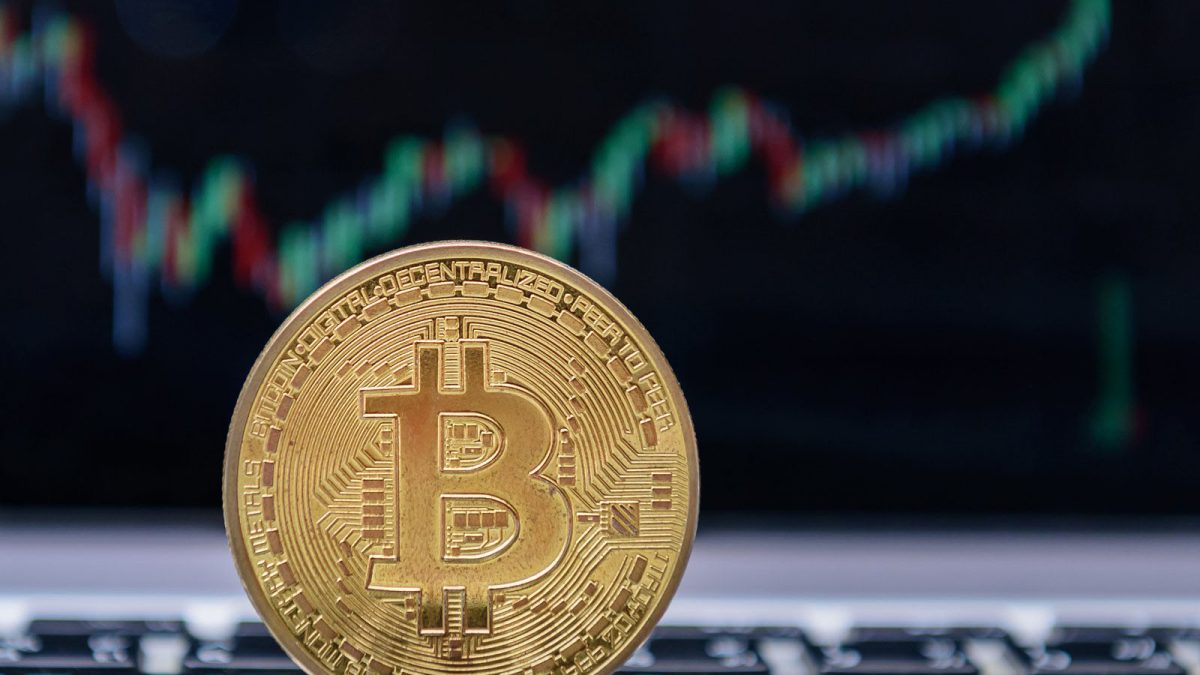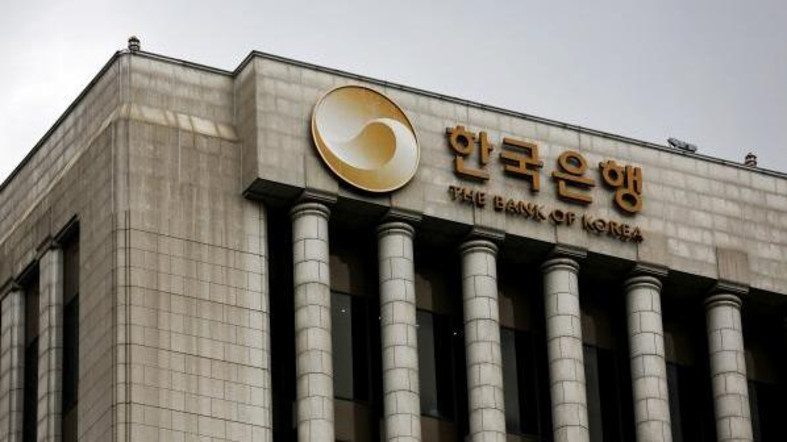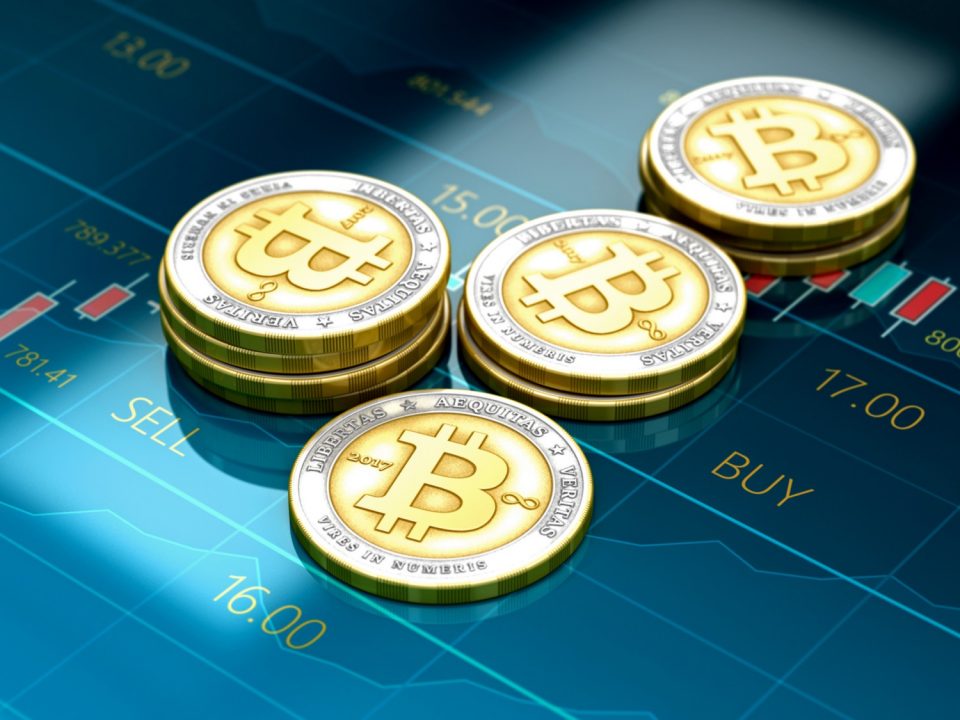Forbes Magazine Launches List Of Crypto Billionaires And Millionaires

Two UK Investors Looking Forward To Obtain $80 Mln In Token Sale
February 7, 2018
CFTC Chief Asserts DLT Wouldn’t Exist Without Bitcoin
February 8, 2018Forbes magazine has begun compiling a list of the richest individuals in the virtual currency world. Some of the most famous names on the list include the Winkevoss twins, Tyler and Cameron, who are estimated to be worth between $0.9 billion and $1.1 billion. In 2012 the twins made headlines after they invested in Bitcoin (BTC).
Other famous names on the list include the 24-year-old creator of Ethereum (ETH), Vitalik Buterin, whose virtual currency holdings are estimated to be over $400 million. The founder of Coinbase, Brian Armstrong, is also on the list with his fortune thought to range between $0.9 billion and $1 billion.
Opaqueness and volatility
The Forbes list only features those whose virtual currency holdings are believed to be valued at over $350 million. So far there are 19 people appearing on the list. Forbes has acknowledged that it might have missed some people due to the opaqueness of the sector as well as the extreme volatility that characterizes cryptocurrencies.
The Forbes list of crypto millionaires and billionaires comes in the wake of the president of World Bank Group, Jim Yong Kim, questioning the legitimacy of virtual currencies and comparing them to Ponzi schemes.
“In terms of using Bitcoin or some of the cryptocurrencies, we are also looking at it, but I’m told the vast majority of cryptocurrencies are basically Ponzi schemes. It’s still not really clear how it’s going to work,” said World Bank President in a Washington event earlier this week.
Fighting corruption
Per the World Bank president however the development lender was studying blockchain technology with a view to figuring out how digital assets can be traded securely. In developing countries the technology could be used to tackle corruption since it could be used to follow money trails, according to Kim.
Earlier this week the investment research head at Goldman Sachs, Steve Strongin, claimed that majority of cryptocurrencies would not survive as they currently are and would be replaced by future competitors. According to Strongin the high correlation that existed between the various virtual currencies was worrying as it wasn’t rational. Some of the challenges facing the digital currencies per Strongin were high maintenance costs, security challenges and slow transaction times.




